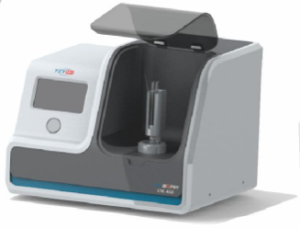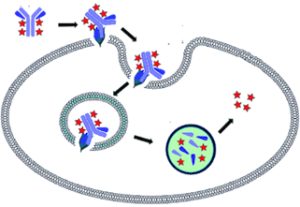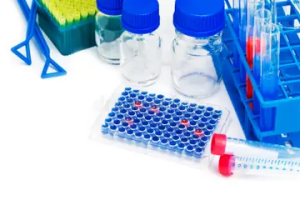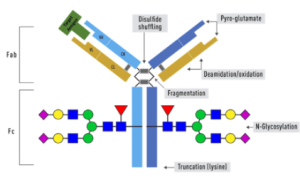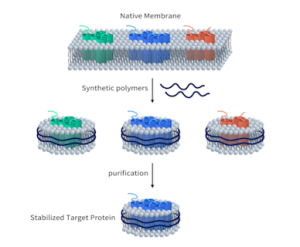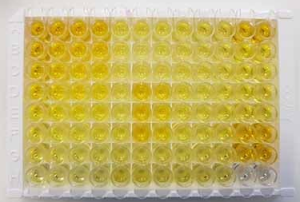| 目录: 11099 |
| 产品名称: Human GRPR Full Length Protein |
| 规格: 10 µg; 50 µg and 100 µg |
| 基因符号: BB2; BB2R; BRS2 |
| Target: GRPR |
| UNIPROT ID: P30550 |
| 描述: Human GRPR Full Length Protein-Synthetic Nanodisc |
| 背景: Gastrin-releasing peptide (GRP) regulates numerous functions of the gastrointestinal and central nervous systems, including release of gastrointestinal hormones, smooth muscle cell contraction, and epithelial cell proliferation and is a potent mitogen for neoplastic tissues. The effects of GRP are mediated through the gastrin-releasing peptide receptor. This receptor is a glycosylated, 7-transmembrane G-protein coupled receptor that activates the phospholipase C signaling pathway. The receptor is aberrantly expressed in numerous cancers such as those of the lung, colon, and prostate. An individual with autism and multiple exostoses was found to have a balanced translocation between chromosome 8 and a chromosome X breakpoint located within the gastrin-releasing peptide receptor gene. |
| Species/Host: HEK293 |
| Molecular Weight: The human full length GRPR protein has a MW of 43.2 kDa |
| Formulation & Reconstitution: Lyophilized from nanodisc solubilization buffer (20 mM Tris-HCl, 150 mM NaCl, pH 8.0). Normally 5% – 8% trehalose is added as protectants before lyophilization. |
| 储存和运输: Store at -20°C to -80°C for 12 months in lyophilized form. After reconstitution, if not intended for use within a month, aliquot and store at -80°C (Avoid repeated freezing and thawing). Lyophilized proteins are shipped at ambient temperature. |
| Protein Families: Druggable Genome, GPCR, Transmembrane |
| Protein Pathways: Calcium signaling pathway, Neuroactive ligand-receptor interaction |
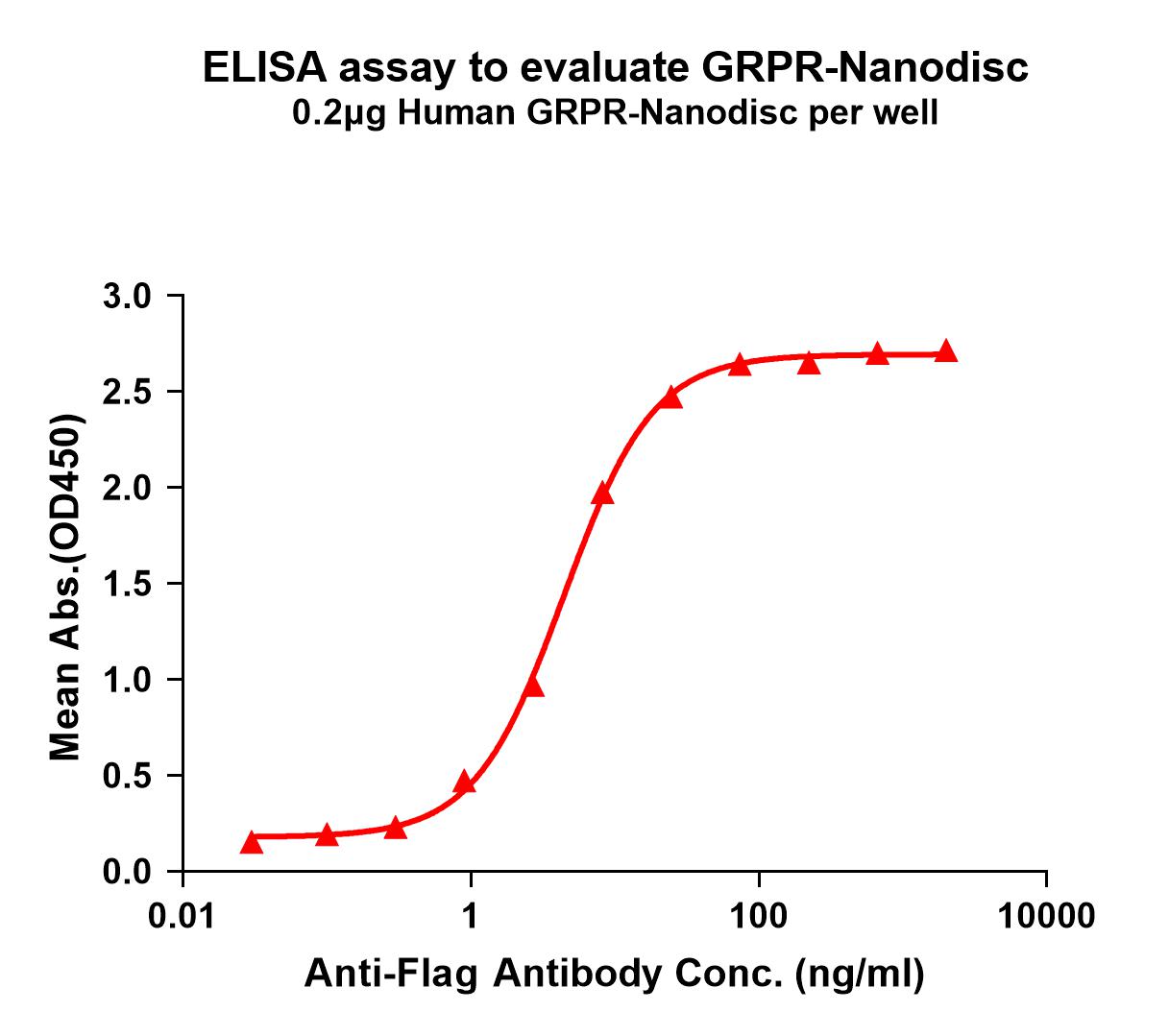
Figure 1. Elisa plates were pre-coated with Flag Tag GRPR-Nanodisc (0.2μg/per well). Serial diluted Flag monoclonal antibody solutions were added, washed, and incubated with secondary antibody before Elisa reading. From above data, the EC50 for Flag monoclonal antibody binding with GRPR-Nanodisc is 4.434ng/ml. | 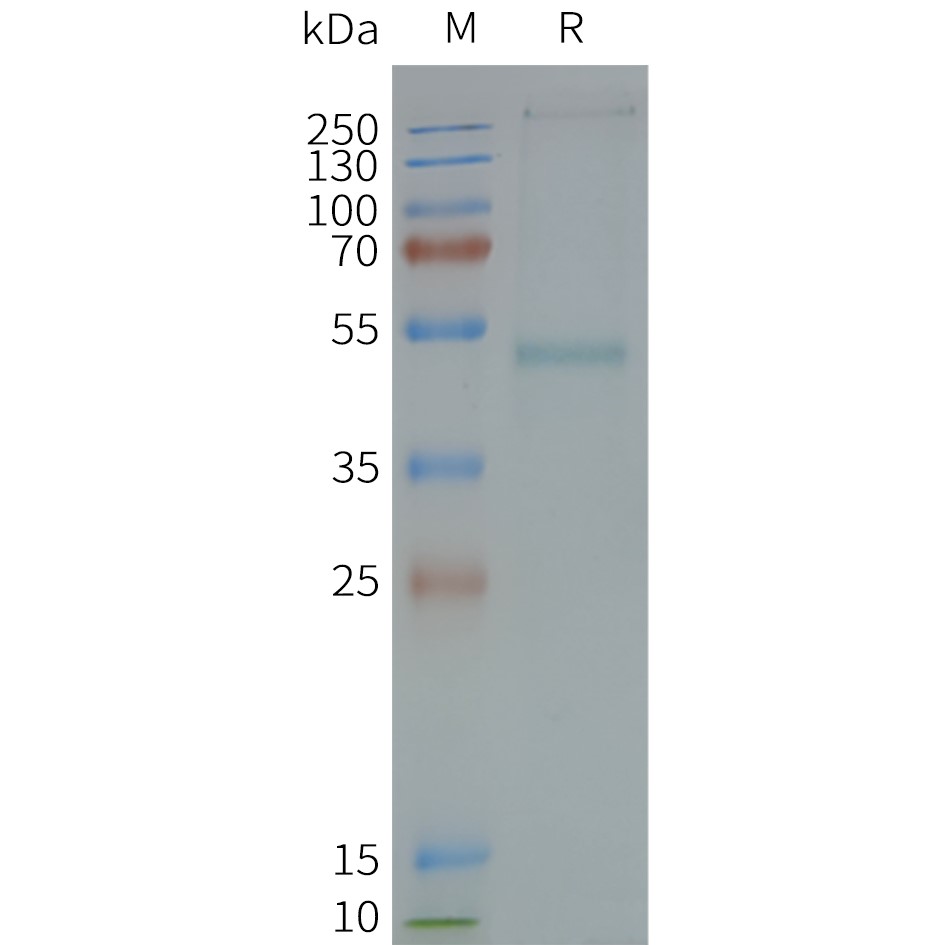
Figure 2. Human GRPR-Nanodisc, Flag Tag on SDS-PAGE |
|







